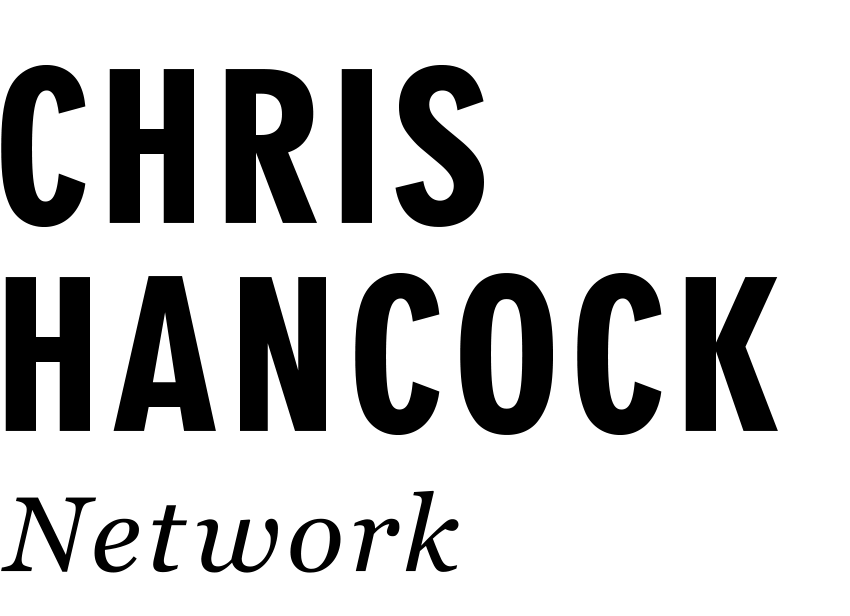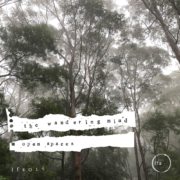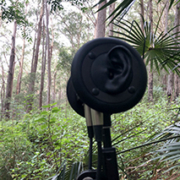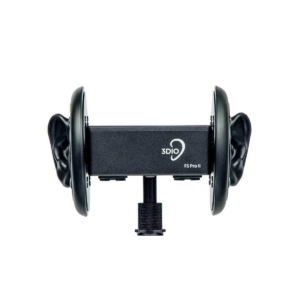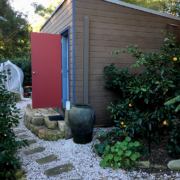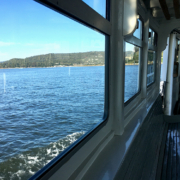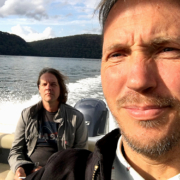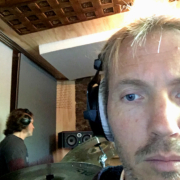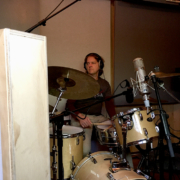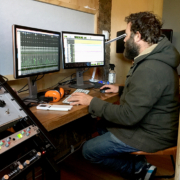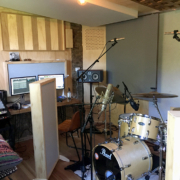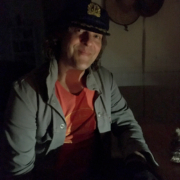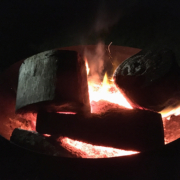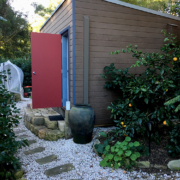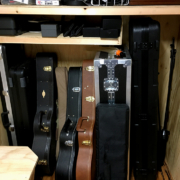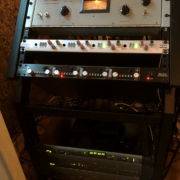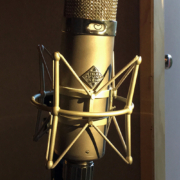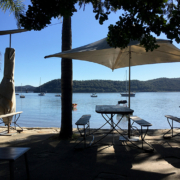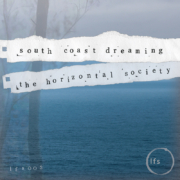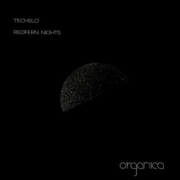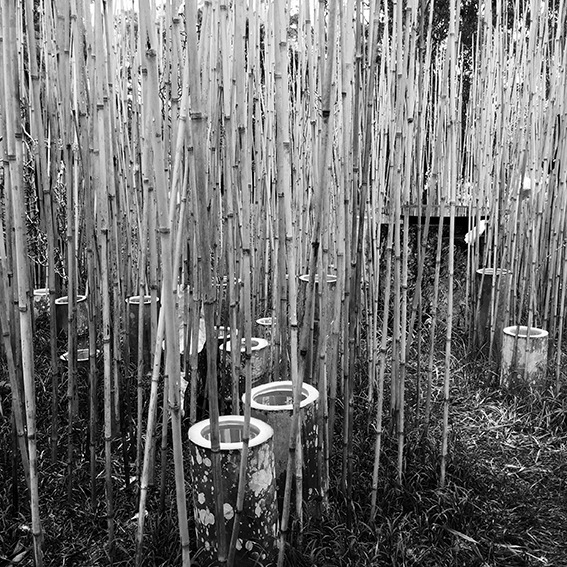I recently had the pleasure of 3 days of recording drums with session player Mark Spence and producer Joel King.
Mark and I were put up in a lovely house a short stroll across the island from the studio. We worked into the early evening each day and enjoyed an open fire and island life after hours. The studio as you can see from the pictures is a garden studio set amongst fruit trees, a chicken run and a host of vegetable gardens.
Over the three days, we tracked drums for an electronic record, a country record and a pop single. Quite prolific!
Due to the project studio nature of the studio, we only had 8 channels in, but they were very decent indeed, 4 channels SSL Alpha VHD and 4 channel Warm preamp WA412. Both preamps performed well and it was certainly fun exploring the variety of tone colour possible with the VHD (variable harmonic distortion) in the Alpha VHD. For those that haven’t used these preamps before, the control allows you to shift between 2nd and 3rd harmonic distortion, in short, a thickness through to a brighter harmonic saturation.
Other than that it was nice to work in a small room for a change. The surfaces were well treated, not too reflective and not too dead. As a result the drums were tight and had that classic small room drum sound.
Fortunately, I took personal protection earmuffs, as I was sitting within a meter of the ride and floor tom. Loud it definitely was, but with the earmuffs, not ear damage occurred and on a positive note, communication with the drummer was immediate and easy and even allowed giving hand signals to alert the drummer to changes in the tracks.
Below are a few images from the session and the mic input list. The studio boasts a good range of mics, mostly from Audio Technica, baring the very fancy Telefunken U47.
There’s only one beautiful compressor, the UA LA2A, but that wasn’t much of an issue as most of the mixing and compression will be done after the fact.
Due to the vibe, beautiful guitar collection, U47 and LA2A, I can’t wait to return with a folk artist of some description and spend a few days recording vocals and guitars.
Oh, I almost forgot to mention, between takes, if one needs inspiration or a break, there is always a boat ride up the Hawkesbury River.
MIC INPUT LIST:
- Kick – Audio Technica AE2500 – Warm Audio WA412
- Snare Up – Shure SM57 – Warm Audio WA412
- Snare Down – Shure SM57 – Warm Audio WA412
- Rack Tom – Audio Technica – ATM250 – SSL Alpha VHD
- Floor Tom – Audio Technica – ATM250 – SSL Alpha VHD
- Overhead L – Audio Technica – AT8471 – SSL Alpha VHD
- Overhead R – Audio Technica – AT8471 – SSL Alpha VHD
- Room – Telefunken U47 – LA2A – Warm Audio WA412
